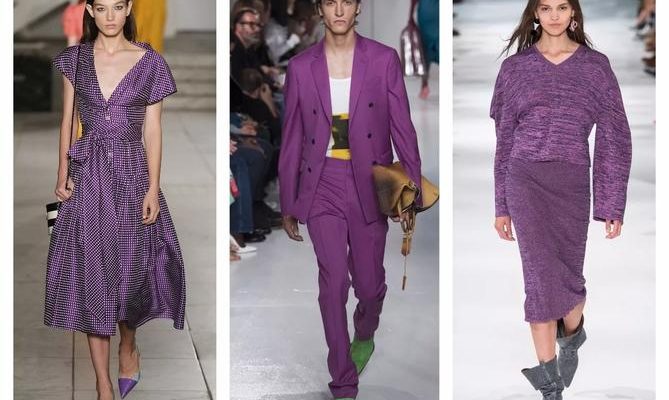Introduction:
The world is a magnificent tapestry woven with threads of diverse cultures, each boasting its unique set of traditional ethnic costumes and cultural symbols. These costumes and symbols not only reflect the rich heritage and history of different communities but also serve as a medium for expressing identity, beliefs, and values. In this article, we will embark on a journey to explore some of the most fascinating traditional ethnic costumes and cultural symbols from around the globe, celebrating the beauty and diversity that make our world so vibrant and captivating.
Traditional Ethnic Costumes:
1.1 Kimono (Japan):
The kimono, an iconic symbol of Japanese culture, is a traditional garment worn by both men and women. Its elegant design consists of T-shaped robes with wide sleeves and a broad sash known as an obi. The kimono is adorned with intricate patterns and vibrant colors, varying according to the occasion and the wearer’s age and marital status.
1.2 Sari (India):
The sari is a graceful and versatile attire that has been worn by Indian women for centuries. This unstitched garment consists of a long piece of fabric wrapped around the body, often accompanied by a blouse and a decorative panel called a pallu. Saris come in a myriad of fabrics, colors, and embellishments, showcasing the rich cultural diversity of India.
1.3 Hanbok (Korea):
Hanbok is the traditional clothing of Korea, characterized by its vibrant colors and graceful lines. The ensemble consists of a jeogori (jacket) and baji (trousers) for men and a jeogori and chima (skirt) for women. Hanbok designs vary across regions and social statuses, incorporating elements such as embroidery and accessories to enhance its beauty.
1.4 Dirndl and Lederhosen (Germany):
Dirndl and Lederhosen are traditional costumes associated with German culture. Dirndl is a dress worn by women, characterized by a fitted bodice, a full skirt, and an apron. Lederhosen, on the other hand, are leather breeches or shorts traditionally worn by men. These costumes are prominently seen during Oktoberfest and other cultural festivities in Germany.
Cultural Symbols:
2.1 Yin and Yang (China):
Yin and Yang is a fundamental concept in Chinese philosophy, representing the dualistic nature of the universe. It symbolizes the harmony and balance between opposing forces such as light and dark, feminine and masculine, and life and death. Yin is often associated with the moon, darkness, and passivity, while Yang represents the sun, light, and assertiveness.
2.2 Dreamcatcher (Native American):
The dreamcatcher is a widely recognized symbol among Native American cultures, particularly the Ojibwe tribe. It is believed to filter out bad dreams and negative energy, allowing only positive dreams to pass through its woven web. Traditionally made with a hoop, threads, beads, and feathers, dreamcatchers have become popular decorative items worldwide.
2.3 Triskelion (Celtic):
The triskelion is an ancient Celtic symbol that consists of three interlocked spirals. It signifies the principles of unity, growth, and progress. The triskelion is found in various forms of Celtic art and can be seen on monuments, jewelry, and pottery, reflecting the deep spiritual beliefs and artistic traditions of the Celtic people.
2.4 Hamsa (Middle East):
The Hamsa, also known as the Hand of Fatima or Hand of Miriam, is a prominent symbol in Middle Eastern cultures. Depicting an open right hand with an eye in the center, it is believed to offer protection against evil and bring good luck. The Hamsa can be found in various forms, including jewelry, wall hangings, and amulets.
Conclusion:
Traditional ethnic costumes and cultural symbols serve as gateways into the history, beliefs, and values of diverse communities worldwide. They are the threads that weave together the rich tapestry of our global heritage, showcasing the beauty and uniqueness of each culture. By embracing and appreciating these costumes and symbols, we not only celebrate diversity but also foster understanding and unity among people from different backgrounds. Let us cherish and preserve these cultural treasures for future generations, ensuring that the world remains a vibrant and interconnected mosaic of traditions and customs.


Leave a Reply